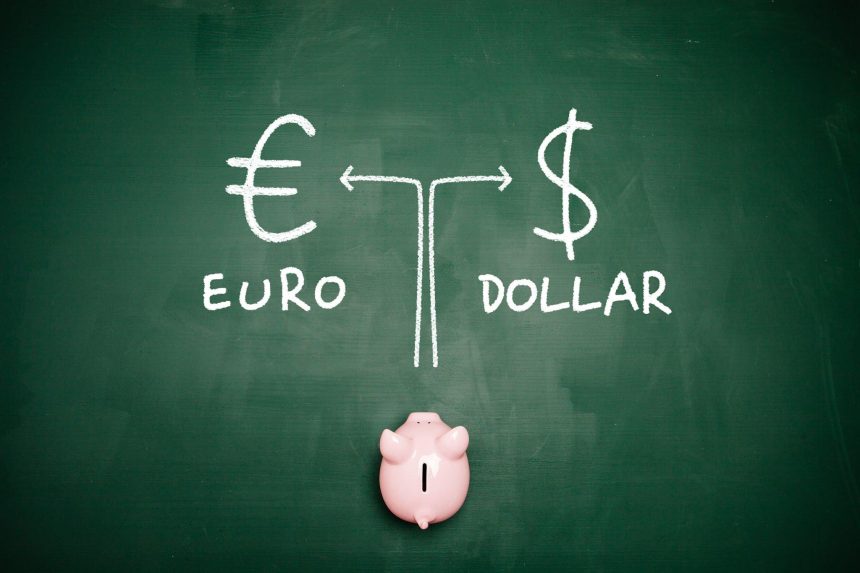EURUSD is falling following the release of additional favorable statistics from the United States.
EURUSD fell to the lower 1.0700s on Tuesday as further positive US macroeconomic data boosted the US Dollar (USD). Reducing the likelihood of the US Federal Reserve (Fed) decreasing interest rates by June to around 50%. Maintaining higher interest rates benefits the USD by attracting more capital inflows.
The European Central Bank continues to target June as the first month to lower interest rates.
In Europe, slower GDP and lower inflation mean rate-setters at the European Central Bank (ECB) are less concerned. About Interest rates are being slashed to assist boost economic growth. The divergence of trajectories between the two central banks has a negative impact on EURUSD.
EURUSD falls as US data strengthens
EURUSD falls further, passing the important 1.0800 mark over the Easter weekend. As some strong US data implies the Fed may have to postpone interest rate cuts as inflation is expected to remain stubbornly over target.
On Good Friday, the Fed’s preferred inflation index. The core Personal Consumption Expenditures Price Index (PCE) for February, came in at 2.8%, as predicted, but lower than the 2.9% in January. It revealed that price pressures remained strong and considerably over the Fed’s 2.0% target.
US manufacturing data on Easter Monday was likewise generally pretty upbeat. With The ISM Manufacturing PMI rose beyond 50 in March, the dividing line between growth and contraction, from 47.8 the previous month. The outcome exceeded expectations, with a rise to 48.4. It was the first result indicating growth in the US manufacturing sector since November 2022.
Meanwhile, another ECB rate setter joined the chorus line calling for a June rate cut. Putting pressure on the Euro. ECB Governing Council member and Austrian Central Bank Governor Robert Holzmann stated that the ECB could lower interest rates before the Fed, and that the timing “will depend largely on what wage and price developments look like by June.”









